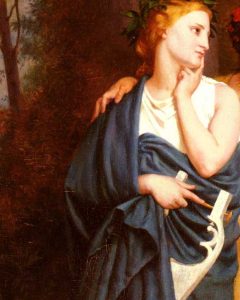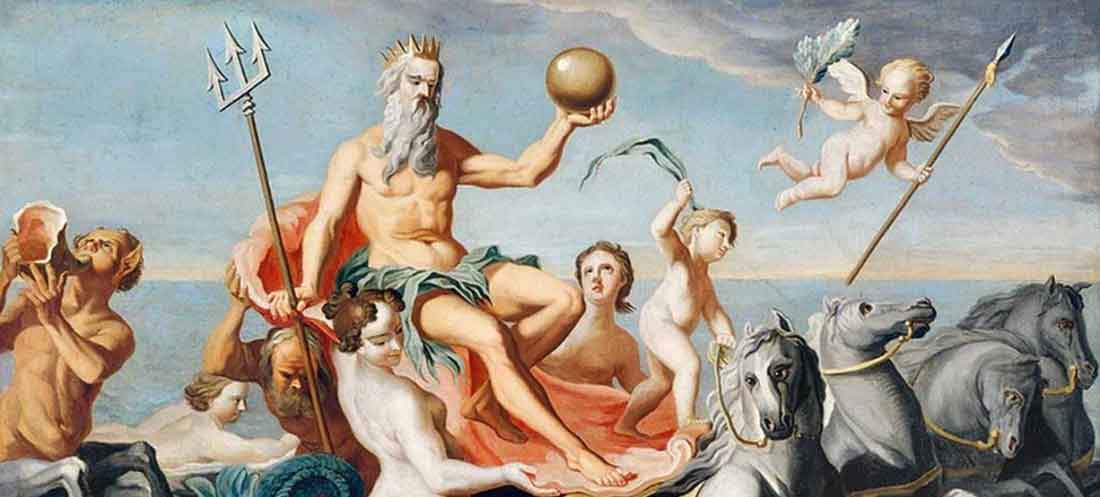Who was Procne in Greek Mythology

Procne had a son with Tereas, Ity. But her husband also fell in love with Philomela, her sister, raped her and cut out her tongue so that she could not reveal the rape to her sister. The daughter embroidered her miseries on cloth and revealed the truth. Procne, wanting to punish Tereas, killed their son, cooked him and offered the edema to her husband.
Then the two sisters ran away, and Tireas, who had meanwhile realized what had happened, chased them with a flail. He brought them to Daulia in Phocis but, before he could do anything, the gods, listening to the plea of the two women for help, transformed them into birds, the hummingbird Philomela into a swallow (Fig. 137), Procne into a nightingale. But Tereas was also transformed into a Hoopoe.
Transformed Procnee mourns with her chirping for her lost Ity, Philomela migrates and flies without ever finding peace, she does not chirp but chirps constantly in an incoherent and irregular manner. Transformed and Tireas constantly addresses with the croaking of the tsalapetei the anguished question “where, where” about where his child is.
Interesting is the reversal of the roles of the two sisters – Philomela wife of Tereas and mother of Ity, Procne the raped sister – in order to fit the story with Philomela’s name which is reminiscent of music .
The actions of all three were clearly not exemplary nor could they be considered standards of morality. They were, however, exemplary in their transgression, since their history suggests that the fraternal bond is strengthened when marriage fails, whereas in normal marriages blood ties are broken. The fact that the sculptor Alkamenes (mid 5th century BC) had dedicated a statue of Proknis and her son Ity on the Acropolis of Athens should be attributed to the exemplary character of the actions.
The story is handed down by various authors, most notably Apollodorus and Pausanias; Sophocles in the fragmentarily extant tragedy of Tireas has Procne denounce the female experience of marriage and complain on behalf of women (ap. 583 Radt); Aristophanes, in a sweet song in the comedy Ornithes, makes Tereus, a major role in the play, refer to the episode of Ity’s murder, as he invites Procne to wake up and come to you, while in Vatrachus likens the demagogue Cleon at one moment to a screeching Thracian swallow, the next to a nightingale lamenting the loss of votes.
Ovid in his Metamorphoses (430-438) adds a detail that foreshadows the tragedy to follow. Neither Hera, who attends the brides, nor Hymenaeus, nor the three Graces attended the wedding. The Eumenides were there holding torches they had grabbed from a funeral. They prepared their bridal bed, and an owl, a bad omen, squealed and sat on the roof of their room and spun her young. In the presence of this bird, an omen of future drama, Tireas and Procne were united, in the presence of this bird they became parents. The Thracians shared their joy, thanked the gods, and established the day of Ity’s wedding and birth as days of celebration.
The paradoxographer Heraklitos disentangles the myth from the mythic element and tells that the two sisters killed Ity and escaped by boarding a ship. Tireas pursued them but did not catch them and killed himself. And because they suddenly disappeared and none of them were seen again, people thought they had become birds
